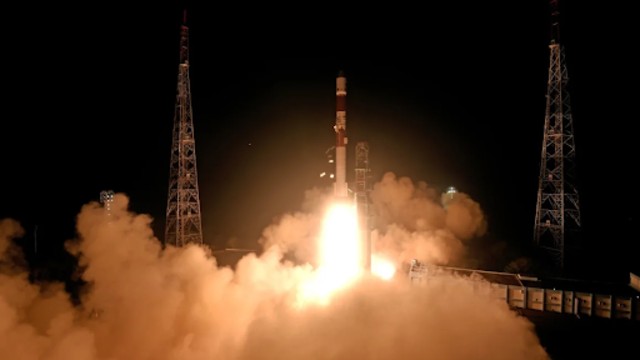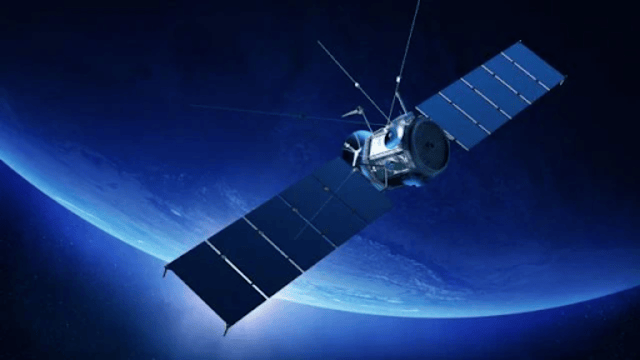
India successfully launched its first space docking mission on December 30, 2024. CNN
India achieved a significant milestone on Thursday, becoming the fourth country to successfully complete an unmanned spacecraft docking in space. This accomplishment is being hailed as a crucial step for the future of space exploration, signaling India's growing stature as a global space power.
India joins the United States, Russia, and China as the only other countries to develop and test the docking technology. This historic event was celebrated by the Indian Space Research Organization (ISRO), which shared the exciting news on social media, calling the docking "a historic moment."
The mission, known as the Space Docking Experiment (SpaDex), involved the deployment of two small spacecraft, each weighing around 220 kilograms. The spacecraft, named Target and Chaser, were launched from the Satish Dhawan Space Center in Andhra Pradesh on December 30, aboard an Indian-made PSLV rocket. On Thursday, the spacecraft successfully rendezvoused and docked in low Earth orbit, a key achievement in India's space journey.
Minister for Space, Jitendra Singh, expressed the importance of the mission, stating that SpaDex marks the beginning of a new era for India in space exploration. This accomplishment reflects India’s growing technological capabilities and ambition to achieve greater milestones in space.
Docking technology is crucial for a range of future space missions. It plays a critical role in satellite servicing and other missions that require multiple rocket launches. India's successful demonstration of this technology is expected to pave the way for more complex missions, including India’s goal of sending a national astronaut to the moon, building a domestic space station, and conducting lunar sample returns.
One of the key aspects of this mission was the transfer of electric power between the two spacecraft once they were docked. This is essential for the operation of in-space robotics, spacecraft control, and payload operations, all of which will be important for future space missions.
The mission faced several challenges, including two postponed attempts in early January due to technical difficulties and an unexpected drift of the spacecraft during maneuvers. Despite these setbacks, the team remained determined, and the successful docking was achieved.
This success comes as part of India's accelerated space ambitions under the leadership of Prime Minister Narendra Modi. In 2023, India made history by landing a spacecraft on the moon with its Chandrayaan-3 mission, the first to achieve a soft landing near the moon's South Pole. This achievement is helping scientists better understand the moon’s evolution.
India’s space plans are growing bolder, with aspirations to launch its first crewed mission in the next few years, followed by sending an astronaut to the moon by 2040. Additionally, India aims to establish its own space station, known as the "Bharatiya Antariksha Station," by 2035, and launch its first mission to Venus by 2028. The country is also planning to return moon samples as part of its Chandrayaan program in 2027.
In recent years, India has also made significant strides in commercializing its space sector. The government has made it easier for private companies to engage in space activities, focusing on more affordable satellite launches and attracting foreign investment. For this particular docking experiment, private company Ananth Technologies played a key role in integrating and testing the spacecraft, marking a new phase in India’s commercial space sector.















